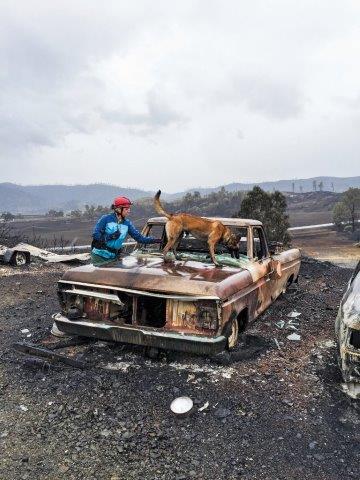FOR IMMEDIATE RELEASE
ACS News Service Weekly PressPac: April 06, 2016
Understanding the scent of death
"The Scent of Death"
Chemical & Engineering News
Well-trained cadaver dogs can be remarkably adept at discerning the smell of human remains from those of animals. Mimicking these canines’ abilities in an artificial nose would be a huge help in disasters when thousands of people go missing. So scientists are trying to figure out what precise odors distinguish a human corpse from an animal one, according to an article in Chemical & Engineering News (C&EN), the weekly newsmagazine of the American Chemical Society.
Sarah Everts, a senior editor at C&EN, notes that searching for a signature smell of decomposing human bodies is a complicated endeavor. The specific chemicals that waft off of a corpse depend on a number of factors, including time, temperature, humidity and even a person’s lifelong diet. When cadaver-dog trainers don’t have access to a deceased human, they sometimes teach their animals to search for human corpses using the commonly touted “death scent” molecules putrescine and cadaverine. But researchers have found that these compounds don’t always actually emanate from corpses.
To get a more precise picture of what a decomposing human body does smell like, a small number of scientists are comparing the odor of human remains with that of dead animals. With each study, scientists get a little closer to their goal. Ultimately, in addition to helping rescuers search for bodies in disasters, an artificial nose could assist law enforcement search for homicide victims. The information could also help better train cadaver dogs.


